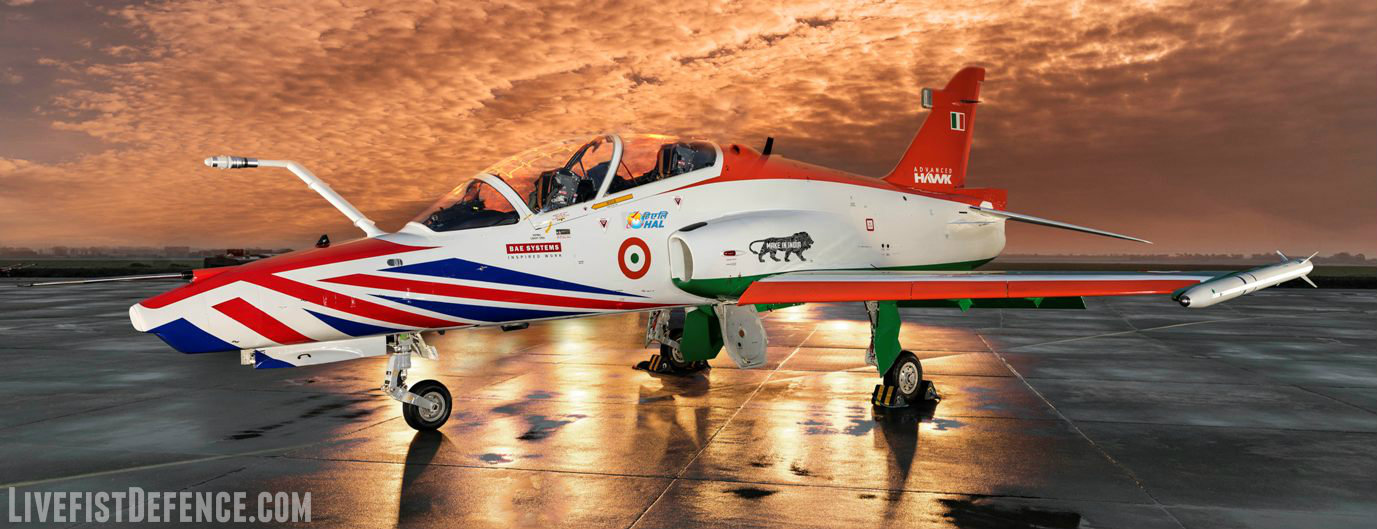Being a quiet person that is not a defense pro so rarely posts, but have seen this article in the RAAF magazine and has got me wondering what this capability will do and what exactly will there missions will be?
Department of Defence Air Force News Paper.

www.defence.gov.au
page 4 of the article:- Investigating full spectrum of high-tech scanning
Everyone's thought's?
After having read through the link a few thoughts came to mind.
In terms of the multi-spectrum E/O imaging, it might be that a greater emphasis is now being placed on detecting various optical camouflage systems.
An example of one can be seen in this
Youtube video. The material itself is bending/reflecting visible light, but it might not be doing much if anything with IR or UV lighting and could therefore display completely differently. Another consideration which came to mind is that the tech and capability might be useful for detecting and determining what is a valid target vs. a decoy. Visually two objects could look the same, but being made of different materials (dense metal for a tank vs. inflatable rubber/mylar balloon for a dummy tank) could look quite differently using different spectrums.
There has already been a weapon which has the capability of scanning a grouping of potential target vehicles to determine which one(s) is hard-skinned/armoured vs. soft-skinned and then targeting the armoured vehicle. Of course the Brimstone missile uses a millimetre wavelength radar to perform an active scan, but I see no reason why ISR assets would not harvest valuable data using a broader range of wavelengths.
I seem to recall that at one point work was being done to try and use radar systems to be able to actually identify the composition of the material of a contact, based off how the material reacted/reflected the radar signal and returned it.
As an additional idea, this might be a broad or large-area expansion of some of the principles used in forensic imaging. A rather classic example being the use of blacklighting/UV lighting and/or possibly agents like luminol to gather more information.



